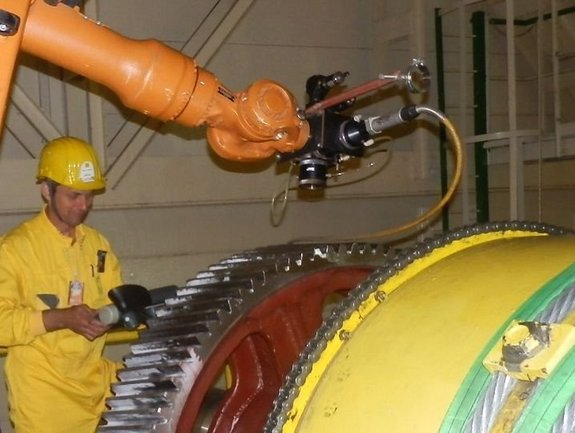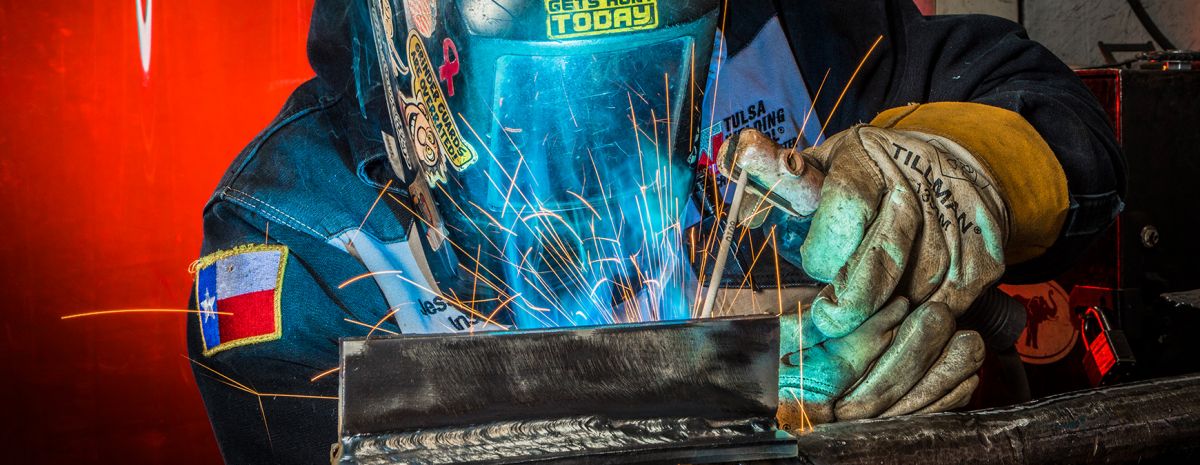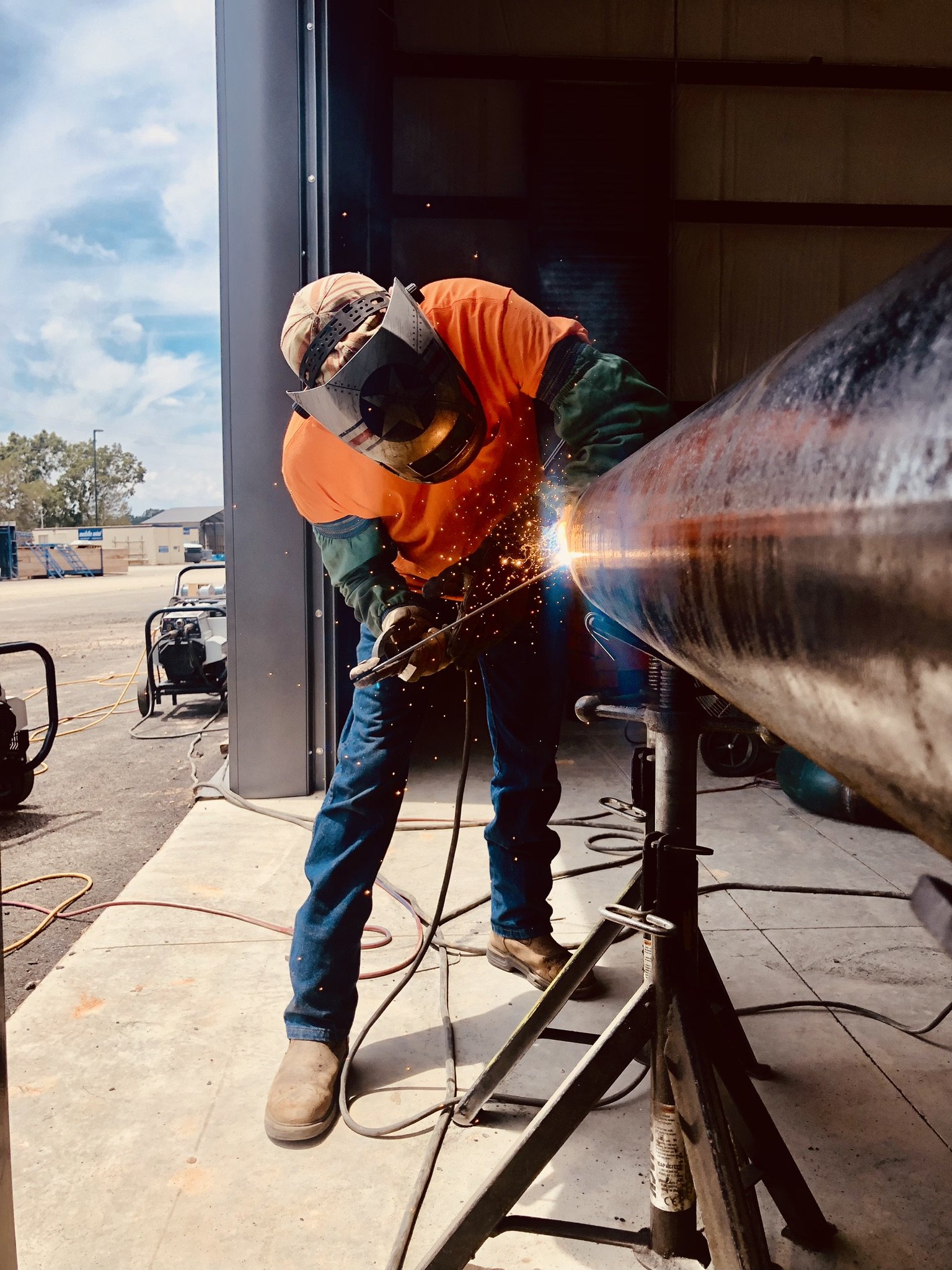Usual Welding Repair Work Issues and Just How to Address Them Properly
Welding repair services usually come across a series of issues that can endanger the honesty of the last product. Typical troubles consist of insufficient infiltration, porosity, and misalignment, amongst others. Each flaw provides unique obstacles that need particular methods for resolution. Comprehending these problems is important for welders aiming to improve their skills and end results. This conversation will certainly explore these typical welding fixing issues and reliable techniques to address them.
Poor Infiltration
Poor infiltration takes place when the weld steel falls short to totally fuse with the base material, resulting in weak joints and possible structural failures. This concern frequently comes from inadequate warmth input, inaccurate electrode angle, or improper welding speed. Welders might encounter inadequate infiltration as a result of a mistake of the necessary parameters for a specific material thickness or type. In addition, contamination on the base material's surface area can impede efficient bonding, aggravating the trouble. To deal with inadequate penetration, welders ought to guarantee proper settings on their tools and keep a tidy job surface area. Routine evaluation of welds is advised to identify any kind of shortages early, allowing for prompt modifications and the avoidance of compromised architectural honesty in welded settings up.
Porosity
Porosity is a common issue in bonded joints that materializes as tiny gas bubbles entraped within the weld steel. This defect can compromise the stability of the weld, bring about lowered stamina and prospective failing under tension. Belgrade Fabrication. Porosity generally occurs from contamination, wetness, or inappropriate welding strategies, which enable gases to run away right into the molten weld swimming pool. To address porosity, welders should guarantee appropriate surface preparation, keep a tidy working environment, and utilize appropriate welding parameters. In addition, selecting the ideal filler material and shielding gas can minimize gas entrapment. Regular assessment and testing of welds can assist determine porosity early, guaranteeing timely rehabilitative actions are taken, thus protecting the top quality and integrity of the welded structure
Misalignment
Misalignment in welding can emerge from different elements, consisting of incorrect setup and thermal expansion. Comprehending the origin is vital for reliable resolution. A number of correction techniques are available to realign components and guarantee structural honesty.
Reasons for Misalignment
Welding misalignment typically stems from a variety of underlying concerns that can endanger structural integrity. One primary reason is incorrect fit-up of parts prior to welding, which can bring about voids and unequal surface areas. Variants in thermal development throughout the welding process can likewise result in distortion, specifically if the products being joined have various coefficients of growth. In addition, insufficient fixturing and clamping may stop working to hold parts securely in position, causing motion during welding. Inadequately kept equipment, consisting of welding makers and tools, might introduce disparities in the weld bead, additional adding to misalignment. Operator mistake, stemming from not enough training or experience, can likewise play a significant duty in creating misaligned welds.

Improvement Methods Offered
Dealing with misalignment properly calls for a combination of rehabilitative strategies customized to the specific issues handy. One typical technique is the use of jigs or components to hold components in the proper setting throughout welding, making certain constant alignment. In addition, preheating the materials can assist reduce distortion and enhance fit-up. For significant misalignment, mechanical adjustment strategies, such as making use of hydraulic jacks or clamps, can be used to correct the setting prior to welding. Post-weld warm treatment may also be necessary to eliminate anxieties brought on by misalignment. Careful examination and change during the arrangement stage can prevent misalignment concerns from ending up being substantial troubles, promoting a smoother welding procedure and boosting total structural integrity.
Distortion
Distortion is an usual obstacle in welding that can occur from numerous elements, consisting of unequal home heating and air conditioning. Comprehending the causes of distortion is crucial for implementing reliable avoidance strategies. Resolving this issue not only improves structural honesty yet likewise enhances the total high quality of the weld.
Sources of Distortion
When based on the intense warm of welding, products frequently undergo modifications that can result in distortion. This sensation mainly arises from thermal growth and tightening during the welding process. As the weld area warms up, the material broadens; upon air conditioning, it contracts, which can produce internal tensions. Furthermore, irregular heating throughout a workpiece can intensify these tensions, resulting in bending or bending. The kind of product likewise plays a significant function; metals with varying thermal conductivity and coefficients of expansion may respond in a different way, leading to unforeseeable distortions. In addition, bad joint style and insufficient fixturing can add to misalignment throughout welding, raising the chance of distortion. Recognizing these reasons is vital for reliable welding repair service and prevention approaches.
Prevention Techniques
Efficient prevention techniques for distortion during welding emphasis on regulating heat input and guaranteeing proper joint layout. Keeping a consistent warm input aids to reduce thermal development and tightening, which can lead to distortion. Utilizing methods such as pre-heating the work surface can likewise decrease the temperature slope, promoting uniform heating. Additionally, choosing appropriate joint styles, such as T-joints or lap joints, can enhance stability and minimize stress and anxiety focus. Applying correct fixturing to safeguard the workpieces in location further aids in maintaining positioning throughout the welding process. Ultimately, staggered welding sequences can disperse warmth much more equally, stopping local distortion. By using these techniques, welders can greatly reduce the chance of distortion and enhance the total quality of their welds.
Cracking
Cracking is a common concern come across in welding repairs, usually resulting from various aspects such as inappropriate air conditioning rates, material option, or inadequate joint prep work. The event of splits can significantly compromise the stability of the weld, leading to possible failings throughout procedure. To address this problem, welders must initially examine the origin, making sure that products are compatible and suitably chosen for the particular great post to read application. Additionally, regulating the air conditioning rate during the welding procedure is necessary; quick cooling can induce tension and lead to fracturing. Appropriate joint design and prep work likewise add to decreasing the risk. Implementing these techniques can boost weld high quality and sturdiness, ultimately reducing the probability of breaking in completed weldments.

Incomplete Blend
A significant problem in welding repairs is insufficient combination, which takes place when the weld metal does not sufficiently bond with the base product or previous weld passes - Belgrade Welding. This issue can lead to weaknesses in the joint, possibly endangering the integrity of the bonded framework. Factors adding to incomplete fusion consist of not enough warm input, incorrect welding technique, and contamination of the surface areas being joined. To resolve this problem effectively, welders need to guarantee correct pre-weld cleaning and surface preparation, as well as change their welding criteria to achieve appropriate penetration and combination. Routine inspection throughout the welding procedure can likewise help identify insufficient combination early, permitting for timely rehabilitative procedures to enhance the total high quality of the weld
Overheating
While welding repair services can enhance architectural stability, overheating provides a substantial challenge that can result in material deterioration. Excessive warm during welding can change the mechanical residential or commercial properties of metals, resulting in lowered strength, enhanced brittleness, and bending. This phenomenon is specifically critical in high-stress applications where architectural dependability is vital. Identifying getting too hot can include visual assessments for staining or distortion, in addition to checking temperature level during the welding procedure. why not find out more To alleviate the threats connected with getting too hot, welders should employ suitable techniques, such as controlling heat input, adjusting travel speed, and using appropriate filler materials. Additionally, carrying out pre- and post-weld heat therapies can assist bring back product homes and boost the total top quality of the repair service, guaranteeing long-lasting efficiency and security.
Frequently Asked Questions
What Are the Typical Indications of a Welding Problem?

How Can I Examine My Welds for Quality?
To examine welds for quality, one can make use of aesthetic examinations, ultrasonic screening, and radiographic methods. Each technique guarantees architectural integrity, determines issues, and validates adherence to defined criteria, ultimately enhancing the reliability of the bonded joints.
What Safety Precautions Should I Take While Welding?
When welding, one should focus on security by using ideal personal protective equipment, making certain appropriate air flow, safeguarding combustible materials away, keeping a tidy work space, and recognizing environments to stop crashes and injuries.
Can I Repair a Weld Without Redesigning the Entire Joint?
Repairing a weld without redesigning the entire joint is feasible, depending on the damages (Belgrade Fabrication). Strategies such as grinding, including filler product, or utilizing a welding process can effectively address details problems while maintaining the bordering framework
What Equipment Are Necessary for Efficient Welding Repair Works?
Vital tools for effective welding repairs consist of a welding device, cord brush, mill, protective equipment, clamps, and filler materials. Each device plays an essential role in ensuring top quality and safety throughout the repair work process. Porosity typically emerges from contamination, wetness, or inappropriate welding methods, which enable gases to leave right into the liquified weld pool. Badly maintained equipment, including welding makers and tools, might introduce incongruities in the weld grain, additional adding to misalignment. When subjected to the extreme warmth of welding, products usually undergo changes that can lead to distortion. Splitting is an usual inverter arc welder issue come across in welding repairs, usually resulting from various variables such as improper cooling rates, material selection, or insufficient joint preparation. A significant problem in welding repair services is incomplete fusion, which takes place when the weld metal does not sufficiently bond with the base material or previous weld passes.